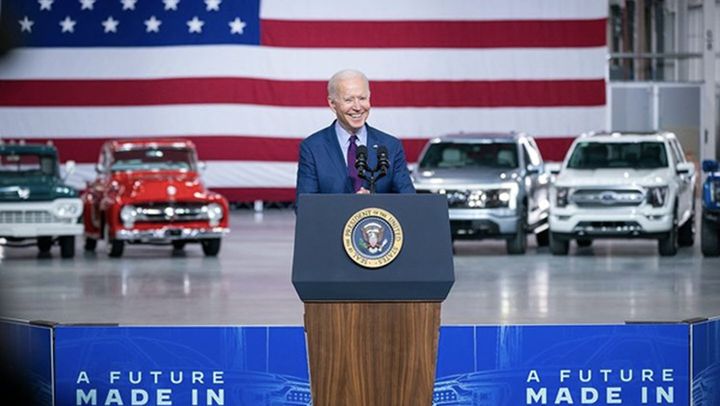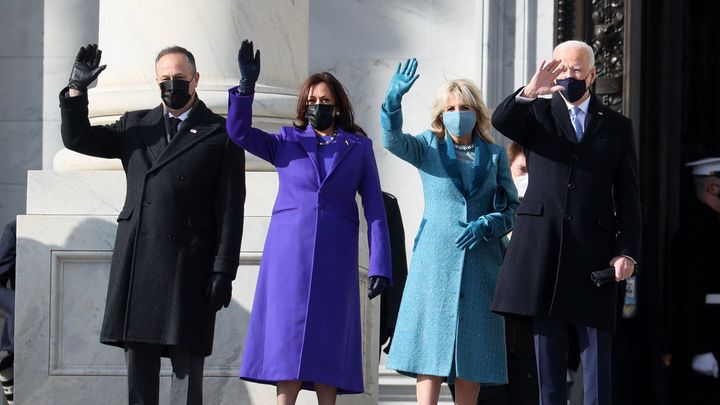On Friday, President Biden released a $6 trillion budget proposal for fiscal year 2022 that includes his infrastructure and families plans, kicking off the next phase in the federal budget process.
The White House’s proposed spending is likely to be reduced after it goes through a Congress with a 50-50 Senate and a narrow Democratic House majority. But in its rollout, several news outlets suggested that $6 trillion was an eye-popping amount of money: NPR’s headline called the proposal a “huge hike in government spending;” a New York Magazine blog post called it “enormous;” ABC blared about the “costly pandemic recovery and jobs plans.”
Biden’s budget is an increase of about 4% in terms of proposed spending as a percentage of total Gross Domestic Product (GDP) compared with presidential budget proposals going back to 2013. Biden’s budget proposes spending equal to 25.6% of GDP in 2022, while Trump’s 2021 budget called for spending equal to 22% of GDP and his 2020 budget called for 22.7% of GDP in spending.
The news media’s reaction to Biden’s $6 trillion figure is based on the idea that it’s about a trillion dollars more than President Trump would have budgeted to spend next year. The Trump administration’s FY2021 budget proposal, created as the coronavirus pandemic was deepening, was for $4.8 trillion on paper. But the economic crash and social needs of the COVID pandemic upended the federal government’s habit of spending only around 20% of its GDP since 2013. Actual government outlays topped $6.5 trillion in 2020, amounting to 31.2% of GDP, while spending in 2021 on recovery from the pandemic will be over $7.2 trillion, up to 32.9% of GDP.
Full post at The Brick House Cooperative.



